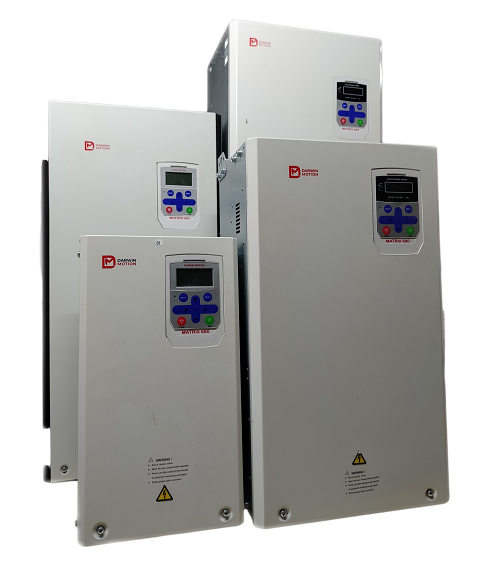Posted on 1st Aug 2024

In the realm of modern engineering and manufacturing, high frequency drive applications have emerged as a critical innovation, offering enhanced performance, efficiency, and precision. This article delves into the significance of high frequency drives, their applications, and the transformative impact they have across various industries.
A high frequency drive, often referred to as a high-frequency inverter or drive, is an advanced electronic device that converts electrical power into a high-frequency signal to control the speed and torque of an electric motor. Unlike traditional drives that operate at lower frequencies, high frequency drives operate at frequencies above the conventional range, typically in the range of 10 kHz to several MHz. This high-frequency operation allows for more precise control and improved efficiency in a range of applications.
Key Advantages of High Frequency Drives
Improved Efficiency: High frequency drives can reduce energy consumption by optimizing motor performance. The higher switching frequency reduces losses associated with traditional drives, leading to better overall system efficiency.
Enhanced Performance: These drives offer superior control over motor speed and torque, enabling applications requiring precise motion control and fast response times. This is crucial in sectors where performance and accuracy are paramount.
Reduced Electromagnetic Interference (EMI): The high switching frequency of these drives often results in lower EMI compared to conventional drives. This can lead to fewer disruptions in sensitive electronic equipment and improved overall system reliability.
Compact Design: Due to the high frequency operation, components such as transformers and inductors can be made smaller, leading to more compact drive systems. This is advantageous in applications where space is a constraint.
Enhanced Thermal Management: High frequency drives generate less heat compared to traditional drives, improving thermal management and reducing the need for extensive cooling systems.
Industrial Automation: In industrial automation, high frequency drives are used in servo motors and variable frequency drives (VFD) to achieve precise control of machinery. This includes applications in robotics, CNC machines, and conveyor systems, where accuracy and speed are critical.
HVAC Systems: High frequency drives are employed in HVAC systems to control the speed of fans and compressors with high precision. This leads to better climate control, reduced energy consumption, and lower operational costs.
Renewable Energy: In renewable energy applications, such as wind turbines and solar power systems, high frequency drives are used to manage the conversion of energy and optimize performance. They help in improving the efficiency of energy conversion and ensuring reliable operation under varying conditions.
Electric Vehicles (EVs): High frequency drives play a vital role in electric vehicles by controlling the speed and torque of electric motors. Their ability to deliver precise control contributes to better performance, efficiency, and range of electric vehicles.
Medical Equipment: In the medical field, high frequency drives are used in equipment such as MRI machines and ultrasound devices. The precision and reliability of these drives are essential for accurate imaging and diagnostics.
Aerospace and Defense: Aerospace and defense applications require high-frequency drives for their robustness and precision. These drives are used in various systems, including aircraft propulsion, satellite control, and defense systems, where reliability and performance are critical.
The field of high frequency drive technology is continuously evolving. Some future trends and developments include:
Integration with Smart Technologies: The integration of high frequency drives with IoT and smart technologies is expected to enhance their capabilities. This will allow for remote monitoring, predictive maintenance, and real-time data analysis.
Advancements in Semiconductor Technology: The development of advanced semiconductor materials, such as silicon carbide (SiC) and gallium nitride (GaN), is poised to further improve the performance and efficiency of high frequency drives.
Energy Efficiency Standards: As industries focus on sustainability, high frequency drives will play a key role in meeting stringent energy efficiency standards and reducing the carbon footprint of various applications.
Darwin Motion High frequency drive MATRIX 500 applications are at the forefront of technological advancements in various industries. Their ability to provide precise control, enhance efficiency, and reduce system size makes them indispensable in modern engineering. As technology continues to advance, high frequency drives will undoubtedly play a crucial role in shaping the future of industrial automation, renewable energy, transportation, and beyond.